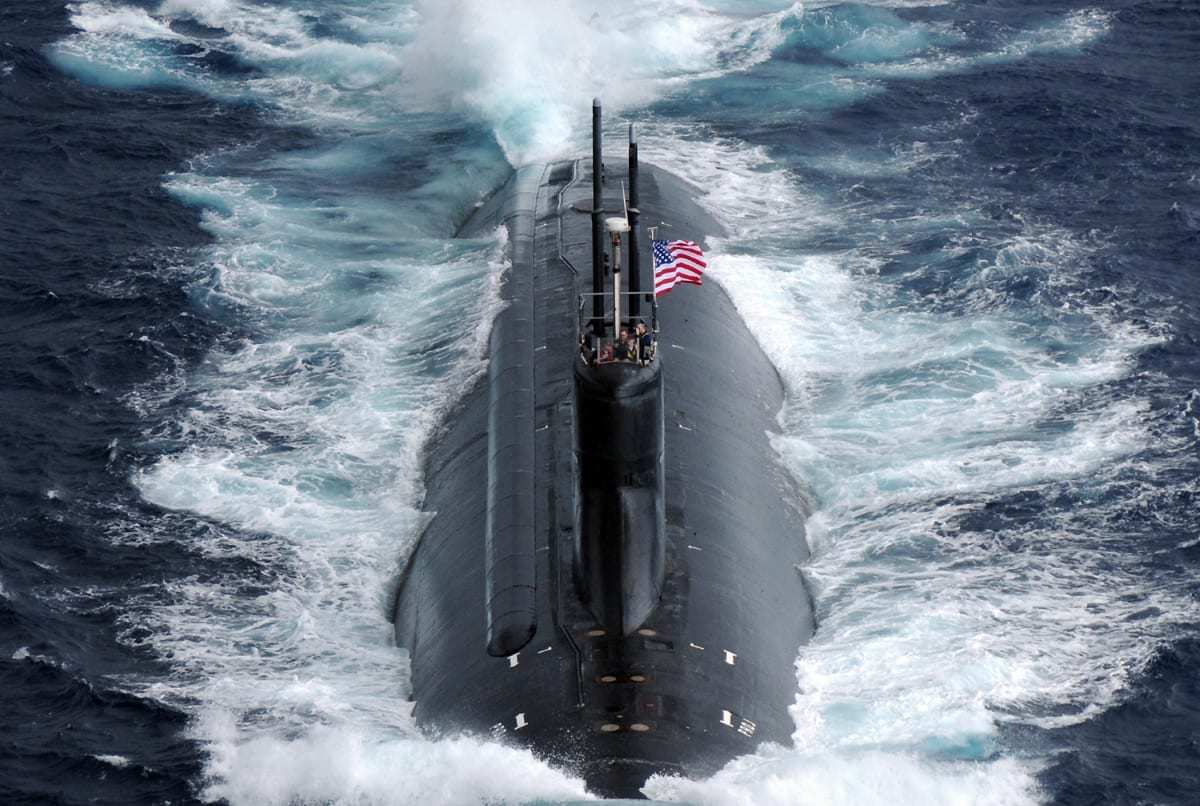During the Cold War, the U.S. Navy saw the threat posed by advanced Soviet ballistic missile submarines as well as from the Soviet Navy’s attack submarines, and in response developed a new class of nuclear-powered fast attack submarines (SSN). Intended to replace the Los Angeles-class, the design work began on the new Seawolf-class in 1983 and the goal was to produce nearly thirty of the boats over a decade.
It was to be the best of the best, but in the end, just three of the new class of submarines was ever constructed.

Construction began on the lead boat in 1989 and by the time she was commissioned in 1997 the geo-political landscape had changed considerably. The number of Seawolf–class submarines was reduced to just 12, but with the break-up of the Soviet Union and the end of the Cold War, it was a platform that had no apparent use.

Even worse, at approximately $3 to $3.5 billion per vessel – or around $33.6 billion for the dozen ordered – it was simply too expensive, and actually accounted for roughly 25 percent of the U.S. Navy’s entire construction budget.
In response, the United States Navy opted for the smaller and more cost-effective Virginia-class submarine program instead. As a result, just three including the lead boat USS Seawolf (SSN-21) and USS Connecticut (SSN-22), as well as the subgroup USS Jimmy Carter (SSN-23) were ever completed. The rest of the planned boats were canceled, but despite that fact, the class has proven to be an effective platform and all three of the submarines are still currently in service.





